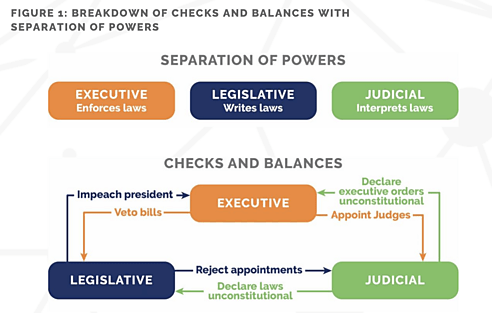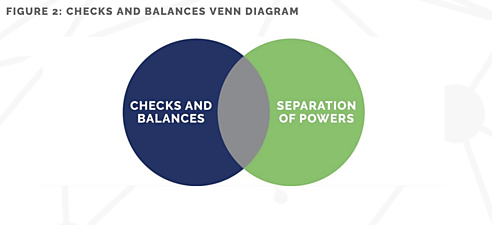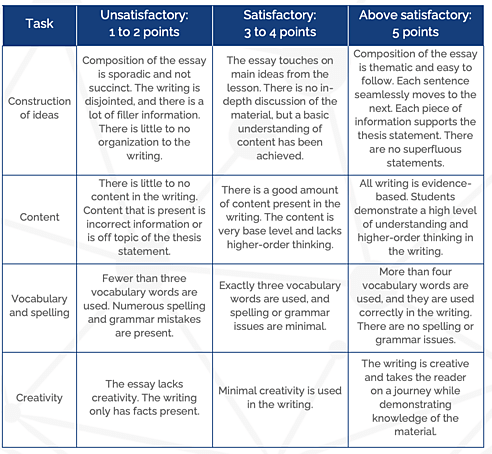Lesson Overview
The guiding principles of checks and balances and separation of powers are cornerstones of our republic. This lesson can be used in a middle school civics or history classroom to address these principles and to build the skill of civil discourse. The lesson pays careful attention to the executive branch and includes a final assignment in which students will debate the viability of checks and balances in current day. Students will identify and analyze the information from this lesson to craft their argument.




